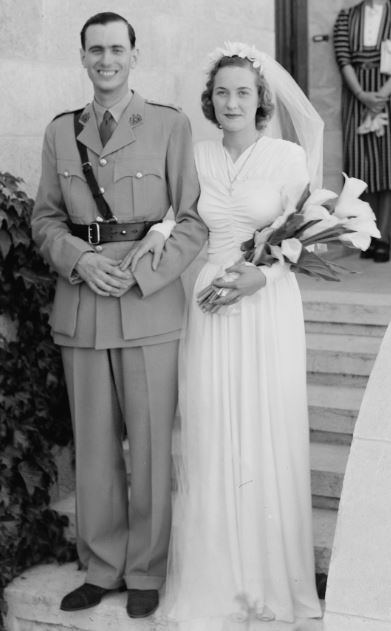What would be the things would break your heart to lose?
- Old Family photographs.
- Mementos of your children’s early years.
- Expensive paintings or artworks.
- Important documents.
- Jewelry from your partner.
- The clothes you wore at a significant event.
After every bushfire the news programs show shots of people searching through piles of ash.
Why not think about protecting these keepsakes now.
Option 1 – Using a fire resistant safe
If you are going this route it might cost more than you expect.
You might need a large safe which is not only fireproof but water proof too.
You also need to check the fire rating. . . . the cheapest one at Bunnings may only give a short protection period at a low fire temperature.
Option 2 – Being ready to go
Have a box ready to go, preferably already in the car . . . it’s no good it being next to the door, if you aren’t home when the fire starts!
Option 3 – Off site storage
You could store the valuables with a family member or even in those self storage places.
For a suitcase, or similar sized box self storage costs are quite reasonable.
Perhaps the best solution is a combination of two or more of the options.
